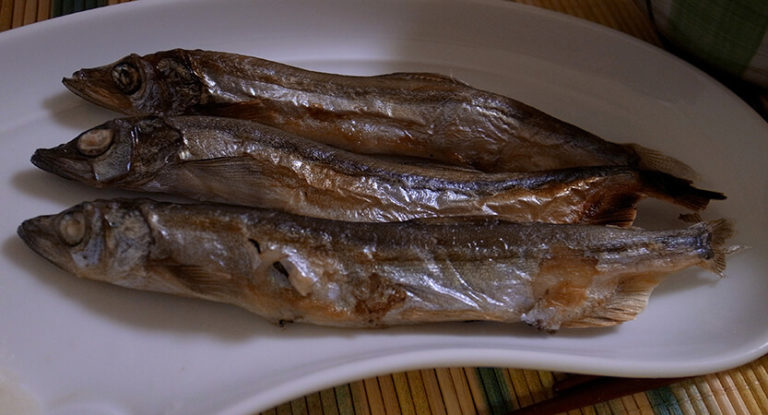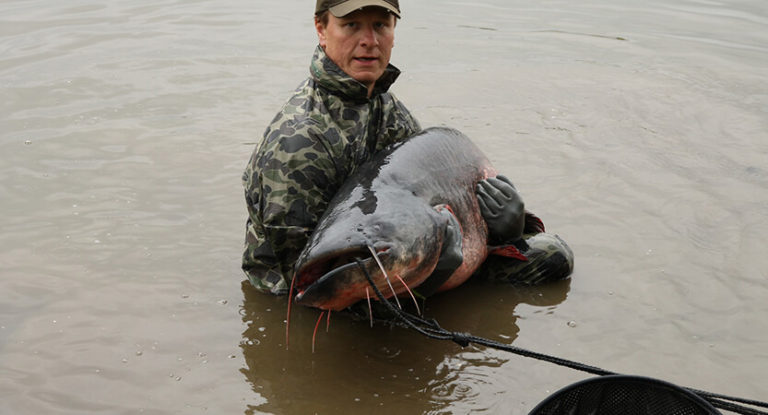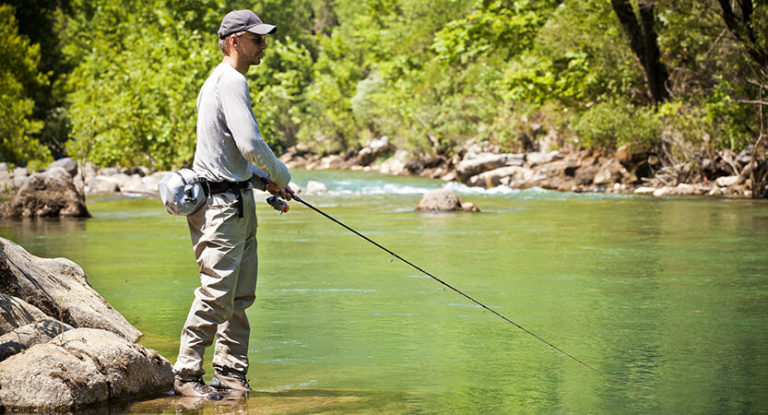The asp belongs to the order of cyprinids, the genus of aspius. Predatory fish with an elongated, tightly squeezed body on the sides and tight-fitting scales. It has a light, silver color. Residential and migratory populations have different sizes. Residential asps are small, but passageways can reach a length of 80 cm and a mass of 4-5 kg. However, catches most often come across individuals with a length of 60 s and a mass of 2.5 kg. The maximum age of the northern populations is 10 years, and the southern ones – 6. Faster growth of asp occurs in the southern water areas.
Here is an overview of the content of this tutorial, feel free to jump to any section you care about:
For more fishing instructions, take a look at these popular Trizily links: Bream Fishing, Snakehead Fishing.
- The 7 best spinning reels 2022
- The 9 best fishing lines 2022
- The 7 best fly fishing reels 2022
- The 10 best fish finders for the money 2022
Asp Fishing
Characteristics and habits of asp
The asp leads a solitary lifestyle, straying in small flocks only for spawning or while lying in wintering pits. It feeds on young fish and plankton. The asp is different from other predators in that it does not guard the prey, but searches for flocks of fry, attacks them, stunning them with a blow of the whole body or tail to the water, and then quickly picks up the prey.
Reproduction habit of asp
The spawning grounds of the asp are the bottom of the river in rocky areas with no silt, in floodplains of water bodies, in channels and not far from the shore. Caviar is sticky, has a yellowish tint and a cloudy shell. Its diameter is approximately 2 mm. Passes in the spring, in April-May. Hatched larvae are carried by the current into the reservoirs of the accessory system. A week later, when the yolk sac resolves, the juvenile switches to external nutrition. At first, juveniles feed on small crustaceans, larvae, and insects. The fertility of asp depends on the habitat and ranges from 40 to 500 thousand eggs.
Asp fishing guide: Techniques, bait and gear
Asp fishing techniques
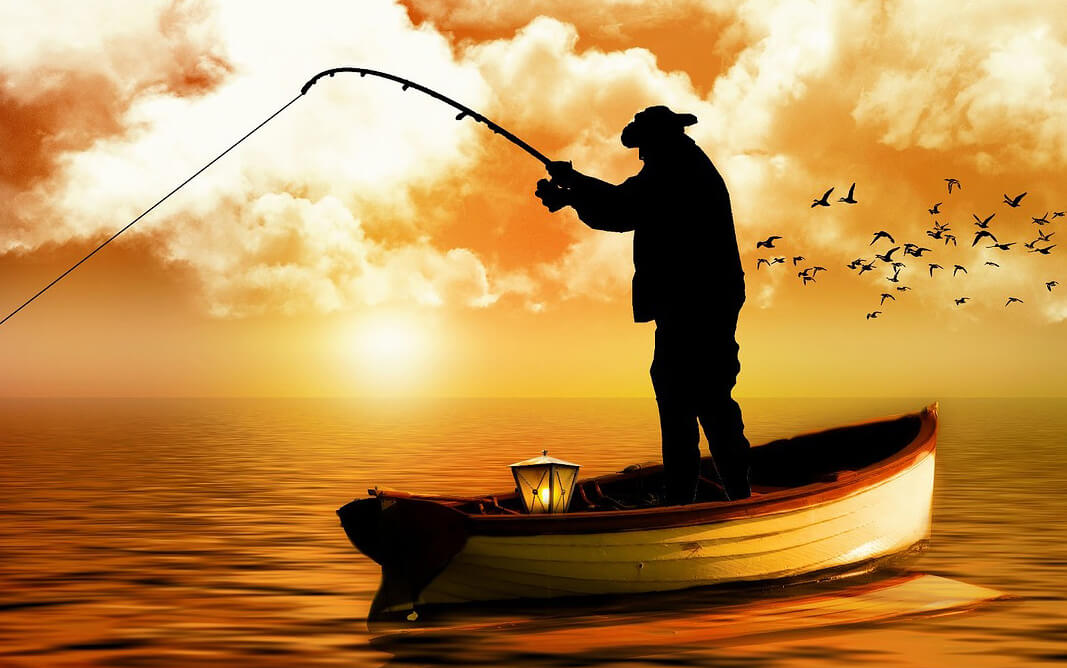
The capture of asp is a specific matter, with many nuances. The asp is careful, even timidity. Fly fishing is very interesting, but spinning is even more fun. In addition, they catch this fish for seine, bottom fishing rods, live bait gear. As a nozzle use a small fish – minnows, dace, bleak. The asp is caught on the worm exclusively in spring after spawning, in deep places with a not too fast current. The asp is distinguished by good fat content, gourmets will note palatability. There is a small minus – the fish are quite bony.
Spinning for asp
The capture of asp on spinning is the dream of novice fishermen who love excitement. First you need to decide on the model of the rod. If you fish from the shore, you will need a length of 2.7 to 3.6 m. Here it all depends on the size of the reservoir, the physical strength of the fisherman and the desired casting distance.
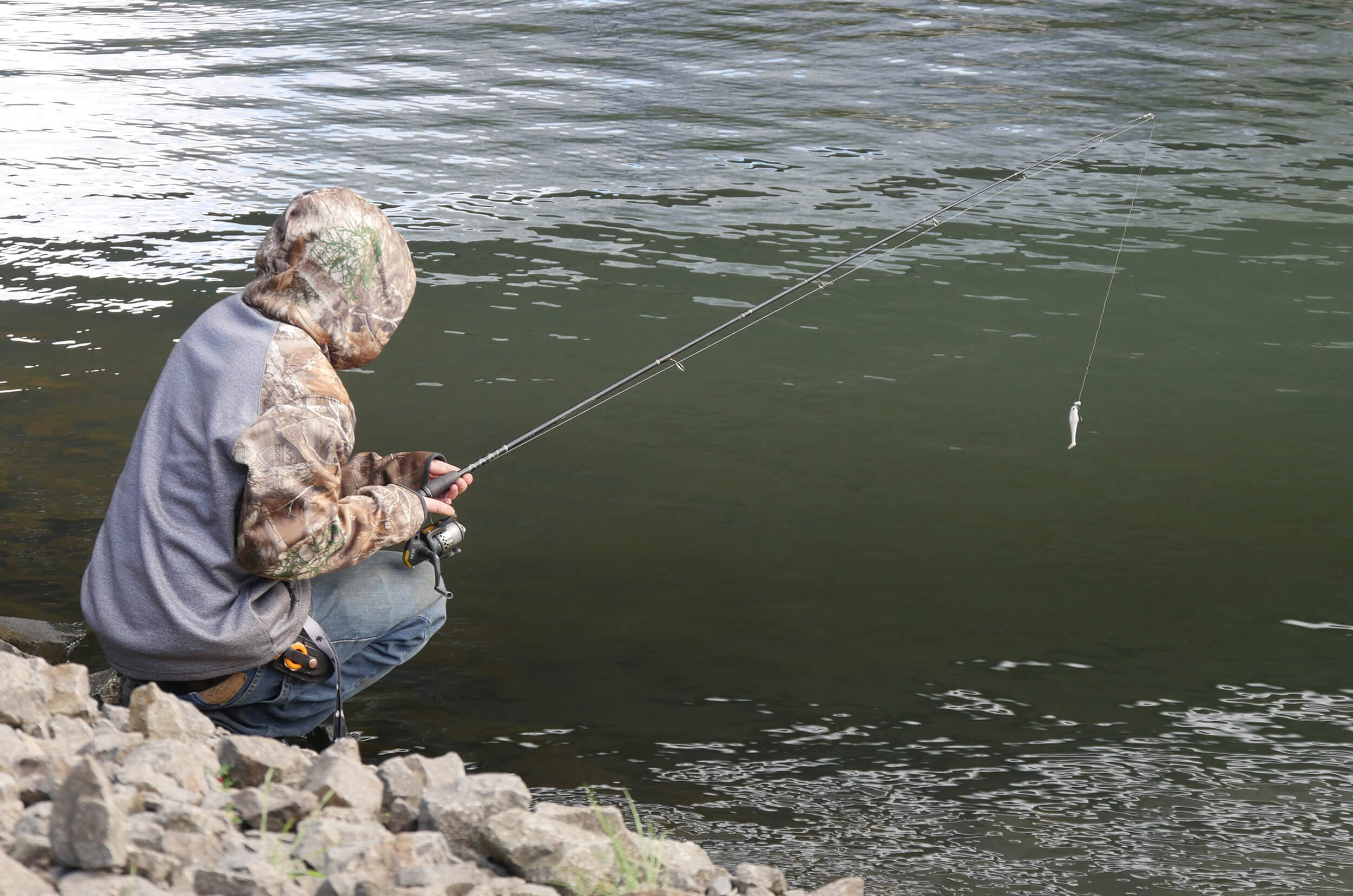
However, experienced anglers do not recommend the use of three-meter rods – physically difficult. Moreover, the casting range is not the main thing. You should pay attention to the weight of the bait, which can range from 10 to 40 g. The optimal solution is wobblers, devon minnows, spinning and oscillating spinners. The best bait for late fall is a jig with bottom step wiring. This is a bait for cold water, in which the asp is more willing to move the bait with a clear vertical component, being mainly at the bottom.
The specificity of asp fishing is that in late autumn it is at a depth of 2-3 m. At the same depth, asp is also caught in spring. Bottom jig often gives a larger prey than the option of bait, designed for horse harness. Fishing can be called successful in the case of accurate and in some cases long-range casting. To guarantee this, we need thin and braided fishing lines, as well as high-quality fishing rings. It is best to use inertia-type reels.
Fly fishing for asp
Asp bite is energetic. The characteristic behavior of a fattening asp is bursts, which are accompanied by a loud bang. The asp is the vast majority of the time hunting at the surface of the water, and insects are included in its diet in addition to riding fish. Therefore, you can catch the asp from spring to autumn, until the cold comes and the weather finally goes bad. To catch a large asp it is better to use rods of the 8th or 9th class.
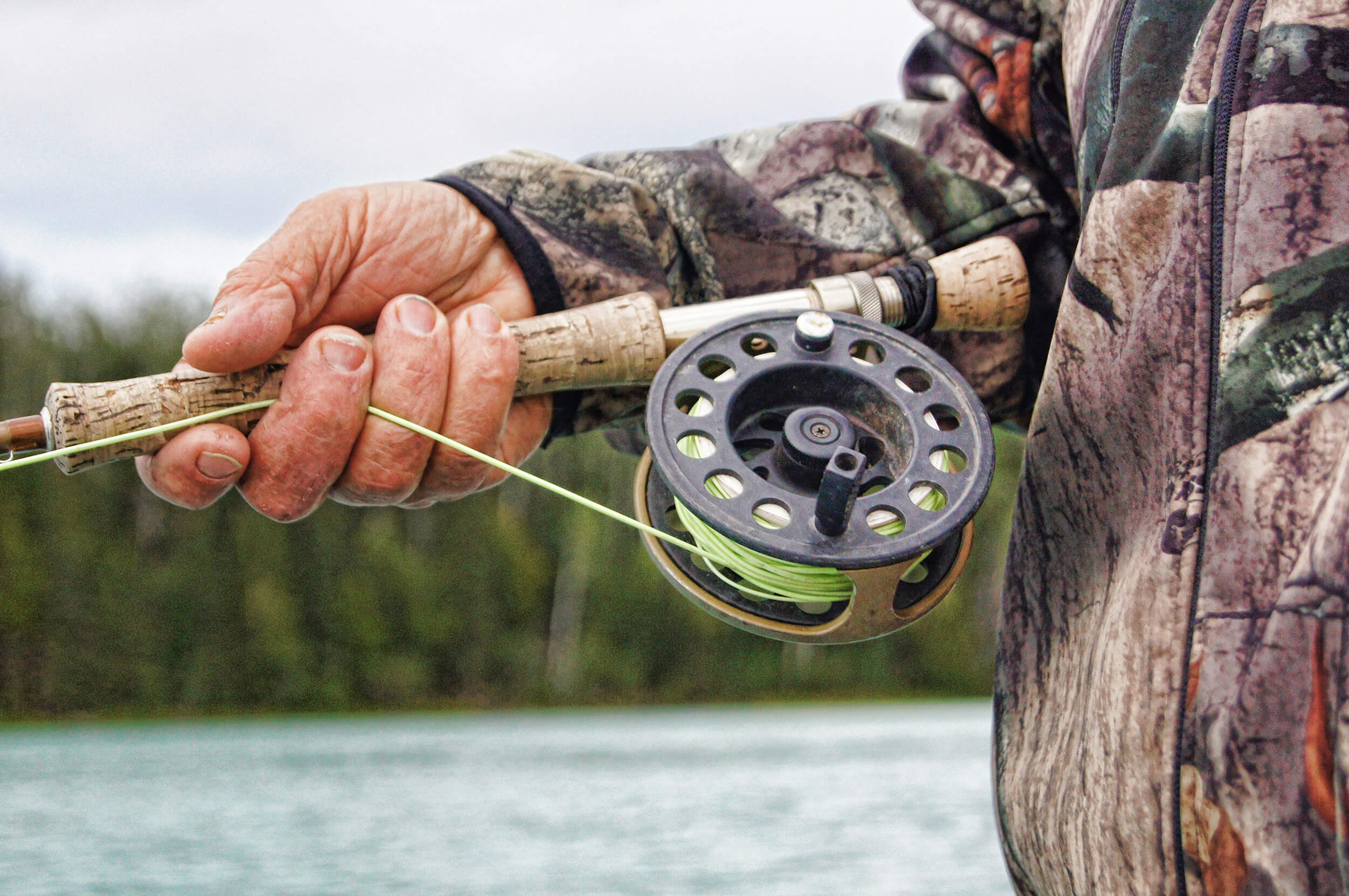
During the period of active biting, the asp is caught with a floating cord using dry flies or streamers as baits. The most effective fly fishing is carried out on the shallows. Do not use too thin fishing line, as the asp can tear off a fly during an attack even in case of hooking. The undergrowth should be long, from 2 to 4 m. It is interesting that in summer heat the asp can stop at the boundary of the stream and stick its mouth out of the water to collect insects carried by the water. If you precisely abandon the bait, the grip will happen almost immediately.
Boat fishing for asp
This method is typical for large bodies of water, where it is possible to drive a lure at a distance of at least 30 m from the boat. If the wiring is slow, spinners that are not typical of a track will work effectively. If the wiring is faster, a combination of two oscillating spinners, which are at a distance of a couple of tens of centimeters from each other, is used.
Catching asp on bottom and float fishing rods
The bottom fishing rod is used at dusk or at night in shallow places where there is a shallow aground. There, the asp hunts small fish. A fishing rod is also used in rare cases. As a rule, a wiring is fished with such a fishing rod, sending a hook with live bait caught on the upper lip. An asp can take a bait fish for a small fish that fights the flow of water in the upper layer of a reservoir. The main thing is that the bait moves at a fast pace: this provokes a predator.
Asp fishing bait
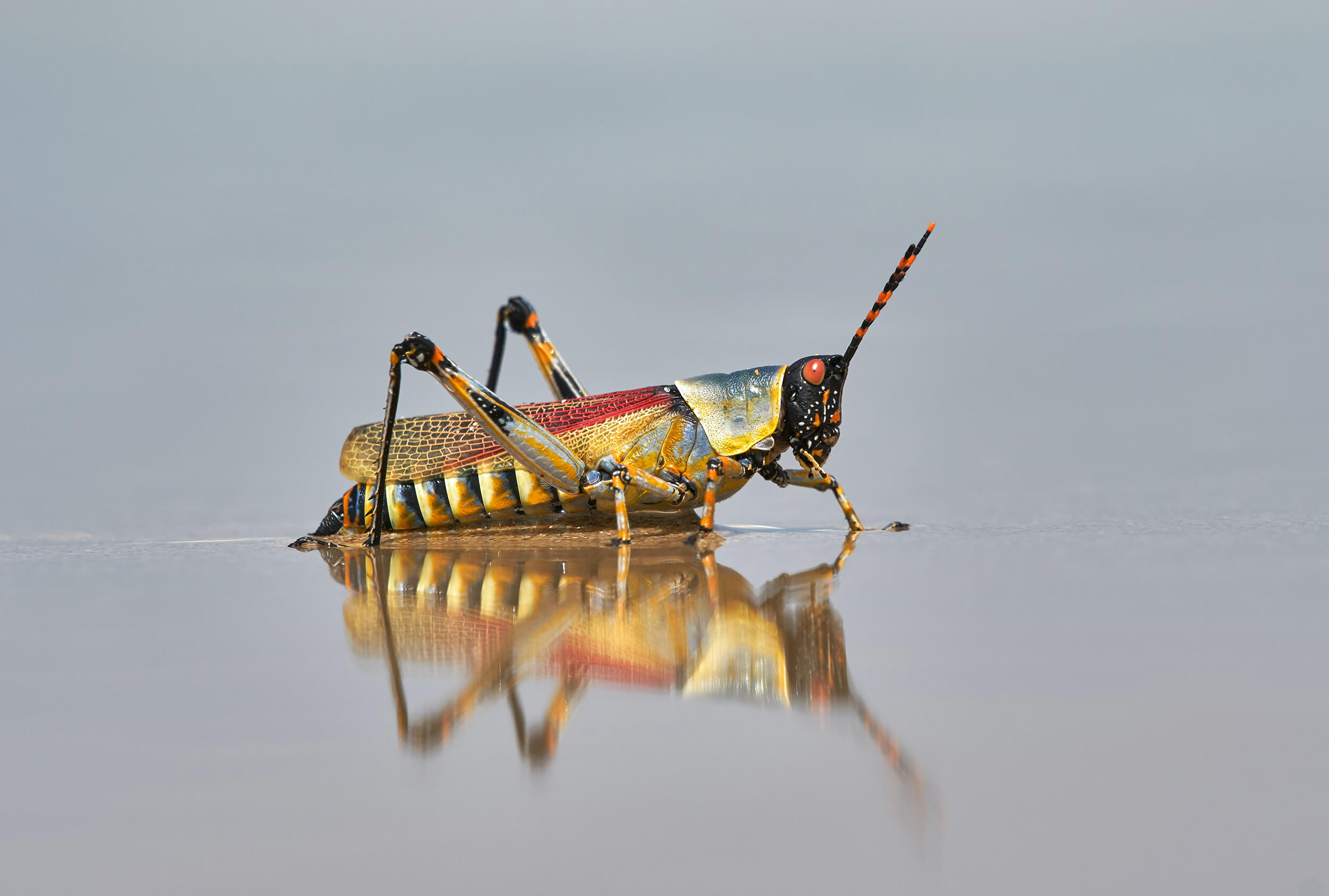
Suitable for asp fishing are baits of both artificial and natural origin. Of the latter, the May beetle and large grasshopper show the greatest efficiency; they can be used to catch half-waters. Flies used on top, first of all – light dry flies. Large asp, for the most part, is caught on small-sized streamers, of different colors, as well as on wet, also small in size flies. Most often, classic flies are preferred – yellow, white, orange.
Where to catch asp
The asp has a fairly wide habitat. It is found both in the North and in the South of Europe. In particular, it can be met in all rivers of the Black Sea, and in the northern part of the Caspian Sea basin, as well as in the southern parts of Finland, Sweden and Norway. Asp wants various bumps and other unusual places in the river. The asp is completely hidden in the shelter and under no circumstances betrays itself ahead of time. Even a pike of approximately the same size as the asp does not stand up to competition with him for a shelter that she likes.

Biting asp is very different depending on the season. If it is extremely difficult to catch an asp in the summer, then by the autumn the nibble can grow exponentially. A number of factors influence the choice of asp fishing tactics: the specificity of the reservoir, the weather, the activity of the fish at a given time.

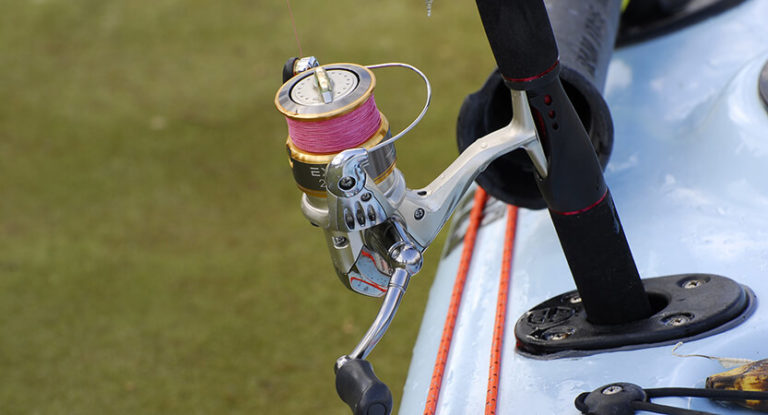
![Top 12 Best Fishing Tackle Bags in 2023 [Detailed Guide] 7 Top 12 Best Fishing Tackle Bags in 2023 [Detailed Guide]](https://trizily.com/wp-content/uploads/2022/03/best-fishing-tackle-bags-768x768.jpg)
![The 9 Best Fishing Lines of 2023 [Tried & Tested] 20 The 9 Best Fishing Lines of 2023 [Tried & Tested]](https://trizily.com/wp-content/uploads/2021/12/best-fishing-lines-768x415.jpg)
